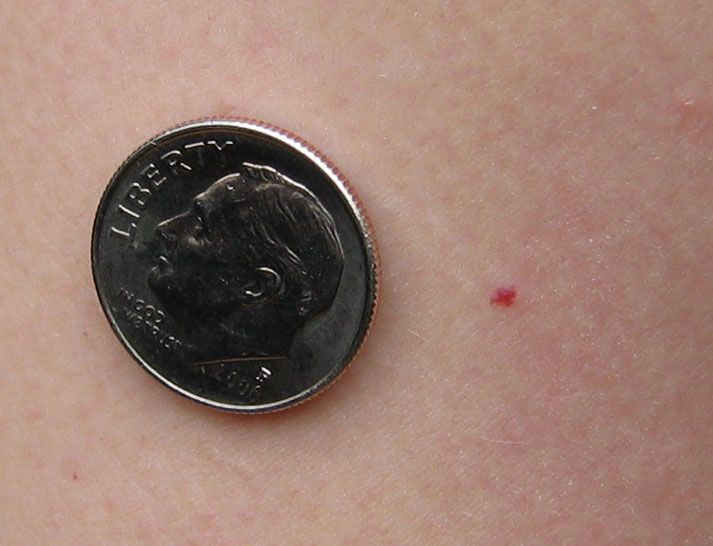Ebola physical examination: Difference between revisions
Jump to navigation
Jump to search
No edit summary |
No edit summary |
||
| Line 2: | Line 2: | ||
{{Ebola}} | {{Ebola}} | ||
{{CMG}} | {{CMG}} | ||
{{MJM}} | {{MJM}}; | ||
{{GRN}} | {{GRN}} | ||
==Overview== | ==Overview== | ||
Revision as of 17:21, 20 June 2014
|
Ebola Microchapters |
|
Diagnosis |
|---|
|
Treatment |
|
Postmortem Care |
|
Case Studies |
|
Ebola physical examination On the Web |
|
American Roentgen Ray Society Images of Ebola physical examination |
|
Risk calculators and risk factors for Ebola physical examination |
Editor-In-Chief: C. Michael Gibson, M.S., M.D. [1] Michael Maddaleni, B.S.; Guillermo Rodriguez Nava, M.D. [2]
Overview
Ebola virus disease is associated with the findings of high fever and hemorrhage on physical examination. Other pertinent findings include headache, joint and muscle aches, sore throat, weakness, diarrhea, vomiting, stomach pain, rash, red eyes, hiccups.
Physical Examination[1][2][3]
Vital Signs
Temperature
Pulse
Rate
Rhythm
- The pulse is regular.
Strength
- The pulse may be weak in cases of dehydration and hemorrhages.
Symmetry
- The pulses are symmetric.
Respiratory Rate
- Tachypneic: Many fatal cases presented with tachypnea and no survivors had tachypnea
Blood Pressure
- Hypotension (less than 90 mm Hg systolic /60 mm Hg diastolic)
Skin
- Maculopapular rash on the trunk associated with erythema and desquamation
- Petechiae
- Ecchymoses
- Mucosal hemorrhages
HEENT
Eyes
Nose
Throat
- Mucosal redness of the oral cavity
- Bleeding gums
Lungs
Abdomen
Genitourinary
Vascular
Neurologic
- Obtunded
References
- ↑ Ndambi R, Akamituna P, Bonnet MJ, Tukadila AM, Muyembe-Tamfum JJ, Colebunders R (1999). "Epidemiologic and clinical aspects of the Ebola virus epidemic in Mosango, Democratic Republic of the Congo, 1995". J Infect Dis. 179 Suppl 1: S8–10. doi:10.1086/514297. PMID 9988156.
- ↑ Bwaka MA, Bonnet MJ, Calain P, Colebunders R, De Roo A, Guimard Y; et al. (1999). "Ebola hemorrhagic fever in Kikwit, Democratic Republic of the Congo: clinical observations in 103 patients". J Infect Dis. 179 Suppl 1: S1–7. doi:10.1086/514308. PMID 9988155.
- ↑ Feldmann H, Geisbert TW (2011). "Ebola haemorrhagic fever". Lancet. 377 (9768): 849–62. doi:10.1016/S0140-6736(10)60667-8. PMC 3406178. PMID 21084112.

